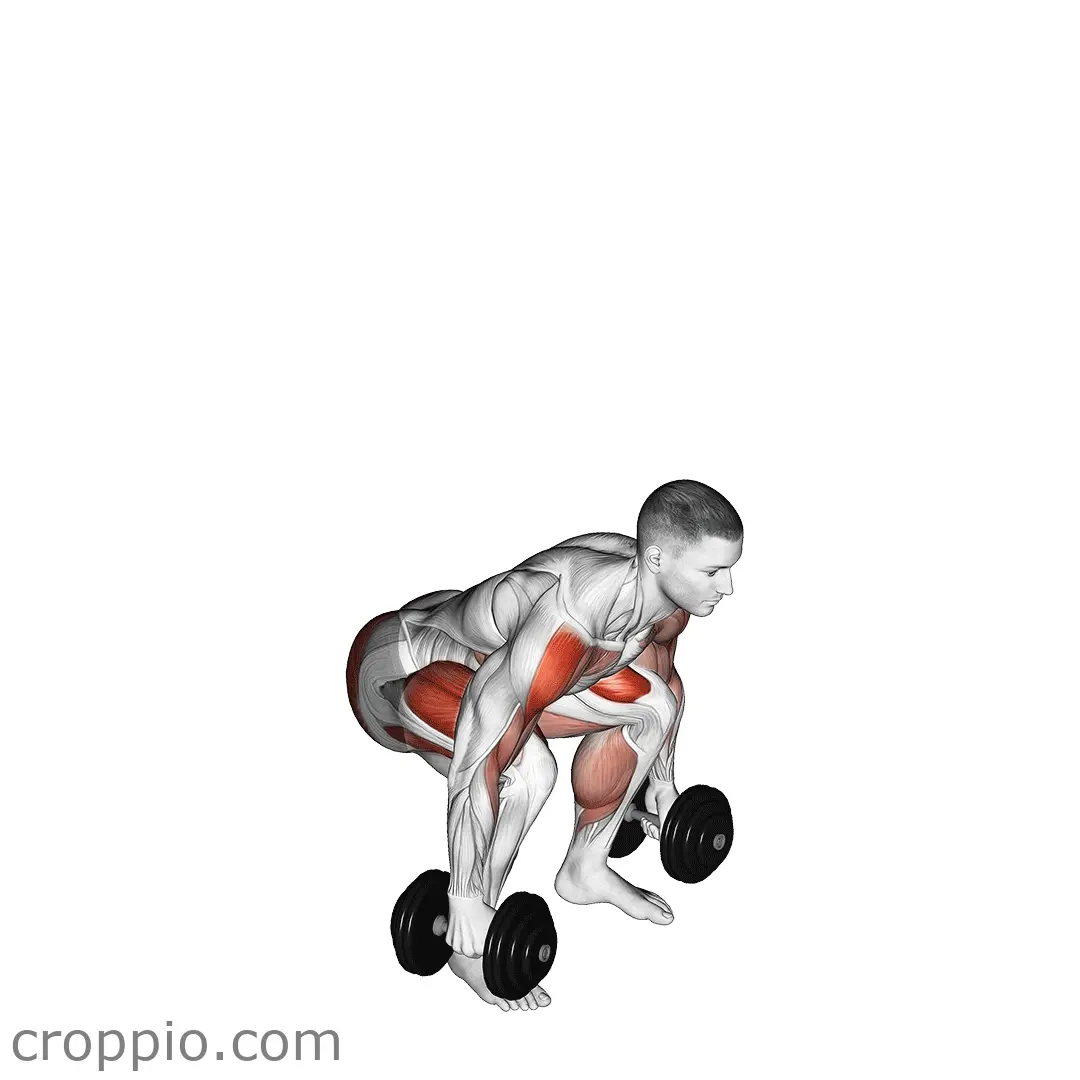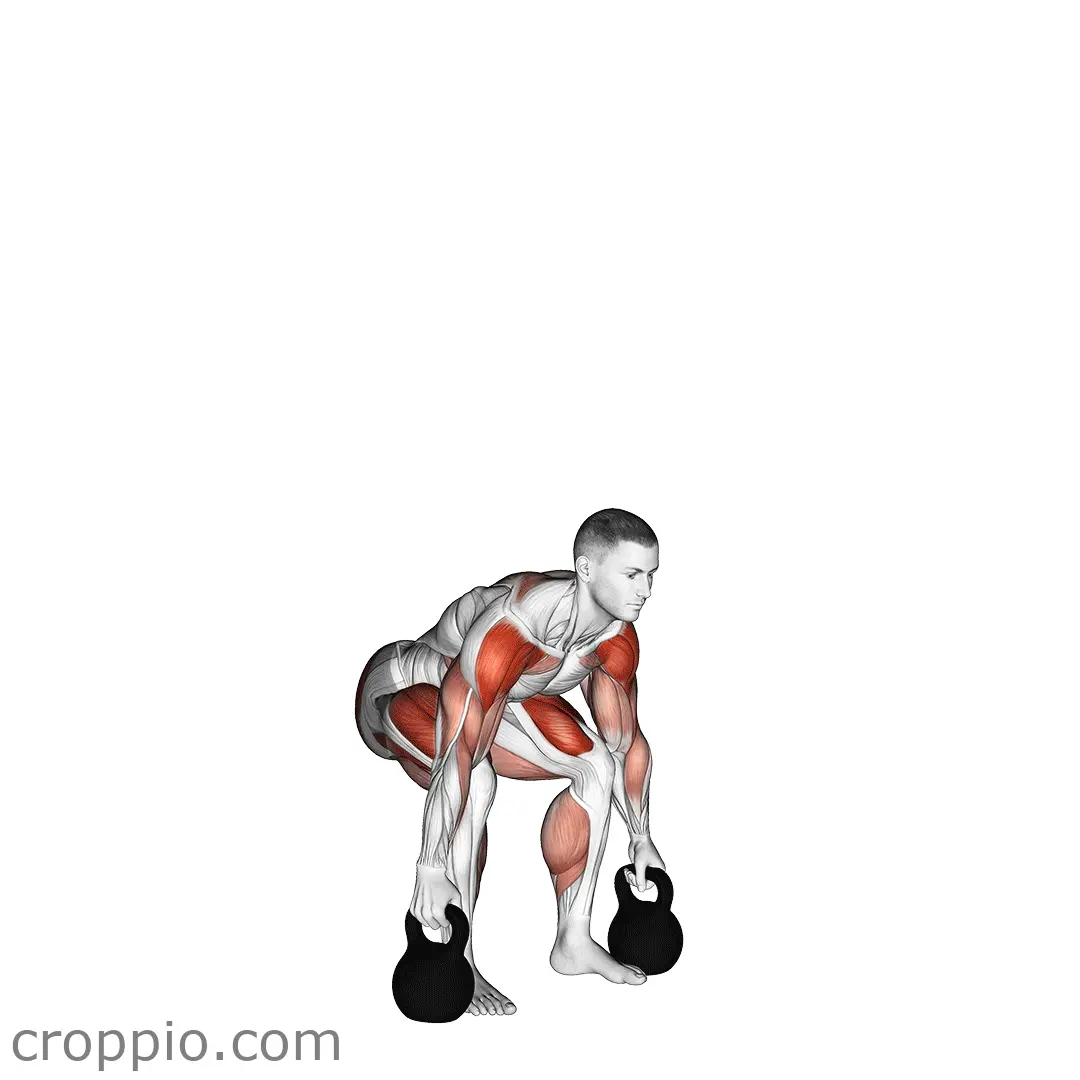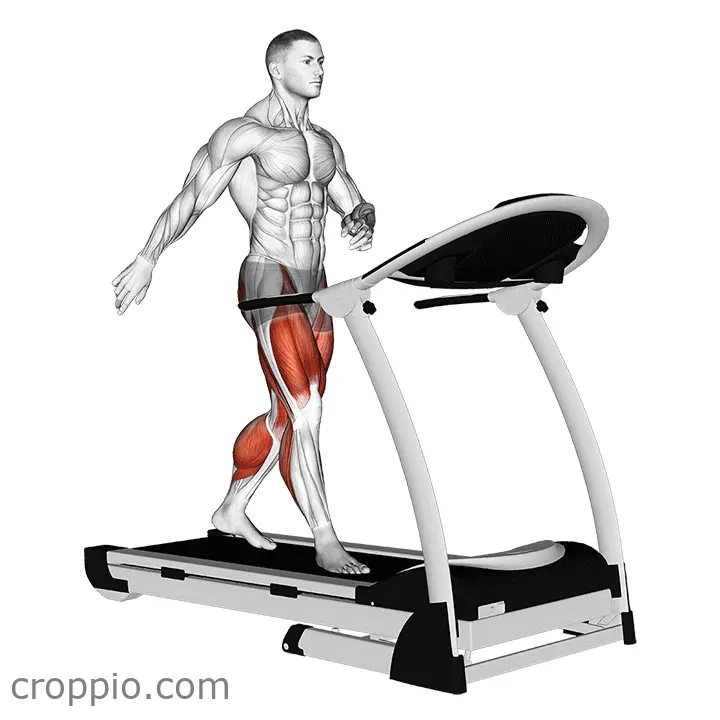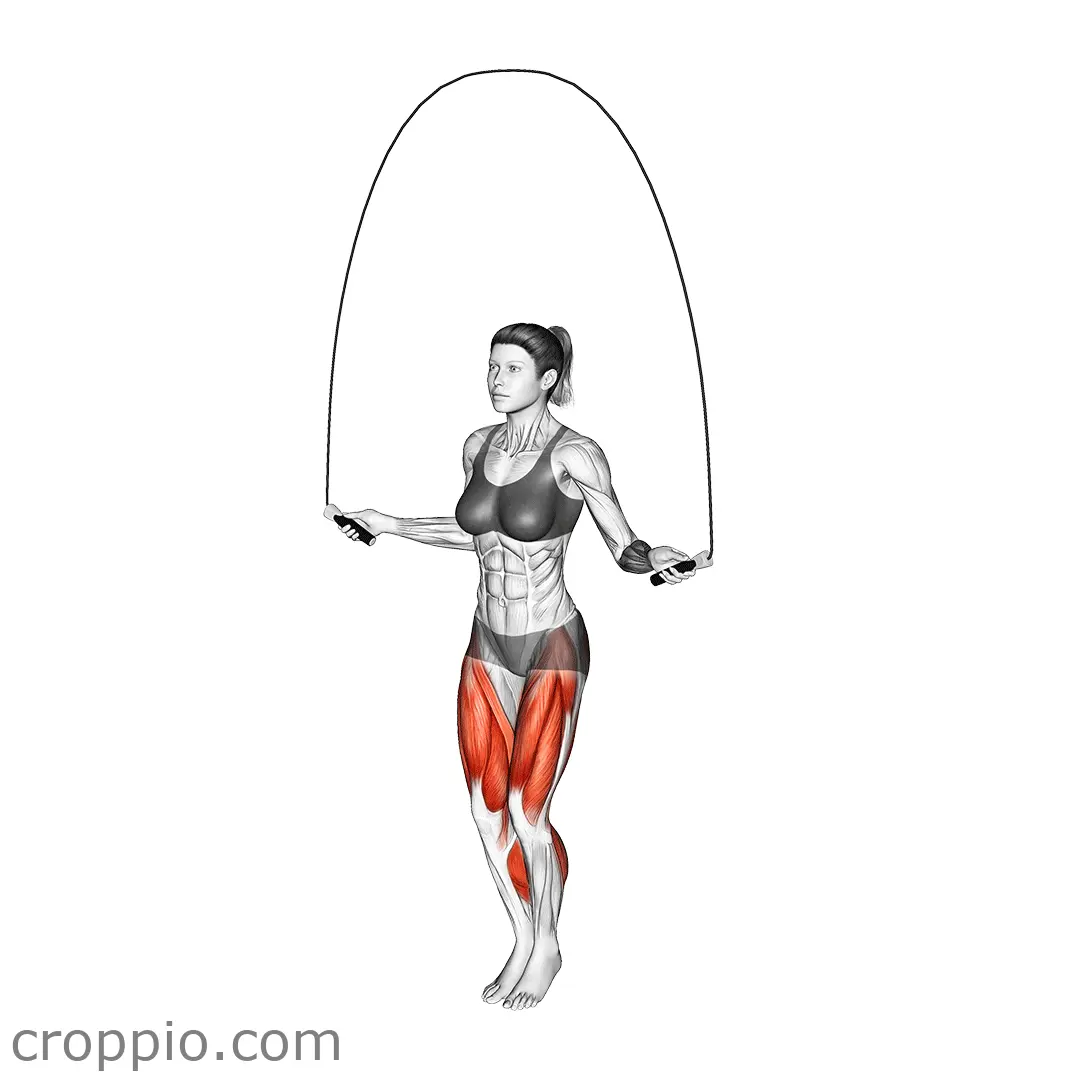Tire Flip
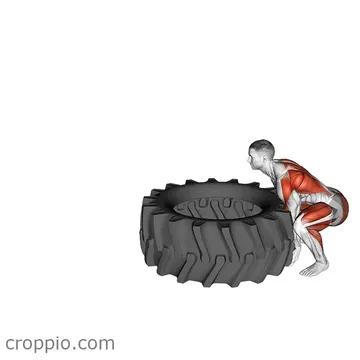
Muscles Involved
The tire flip is a unique functional exercise that engages multiple muscle groups, providing a full-body workout. The primary muscles targeted during a tire flip include the quadriceps, hamstrings, gluteus maximus, and lower back muscles, which are crucial for the explosive lifting motion. Additionally, the upper body muscles come into play, particularly the shoulders, trapezius, and arms, as they assist in pushing and flipping the tire. Secondary muscles involved include the core muscles, which stabilize your body throughout the movement, and the calves, which provide support in maintaining balance.
Top Mistakes
- Not engaging the core: Failing to tighten your core can lead to poor stabilization and increase the risk of injury.
- Incorrect grip: Using an improper grip can hinder your lifting ability and control of the tire.
- Poor posture: Allowing your back to round during the flip can lead to back strain and ineffective lifts.
- Using too much weight: Attempting to flip a tire that is too heavy can compromise your form and lead to injury.
Execution Tips
- Start with a proper warm-up to prepare your muscles for heavy lifting and reduce the risk of injury.
- Stand with your feet shoulder-width apart, position your body close to the tire, and lower into a squat.
- Grip the tire just below the rim with both hands, keeping your hands shoulder-width apart.
- Engage your core and maintain a straight back as you lift your chest and brace your shoulders.
- Drive through your legs and push against the tire with your shoulders, using your legs to propel the tire upwards and over.
- As the tire flips, follow through by pushing it with your arms while you shift your weight forward.
Workouts
The tire flip can be an effective addition to both strength training and conditioning workouts. Begin with 3-5 sets of 5-10 repetitions based on your ability and experience. To complement tire flips, consider incorporating exercises such as farmer's walks, broad jumps, or kettlebell swings to enhance overall power and conditioning. Additionally, include sufficient rest periods of 1-2 minutes between sets to maintain optimal performance.
Conclusion
In summary, the tire flip is an outstanding exercise for developing functional strength, power, and overall conditioning. By engaging multiple muscle groups, it enhances core stability while improving athletic performance. Additionally, incorporating tire flips into your workout routine will help build endurance and boost your metabolic rate, making it an excellent choice for fitness enthusiasts and athletes alike.
